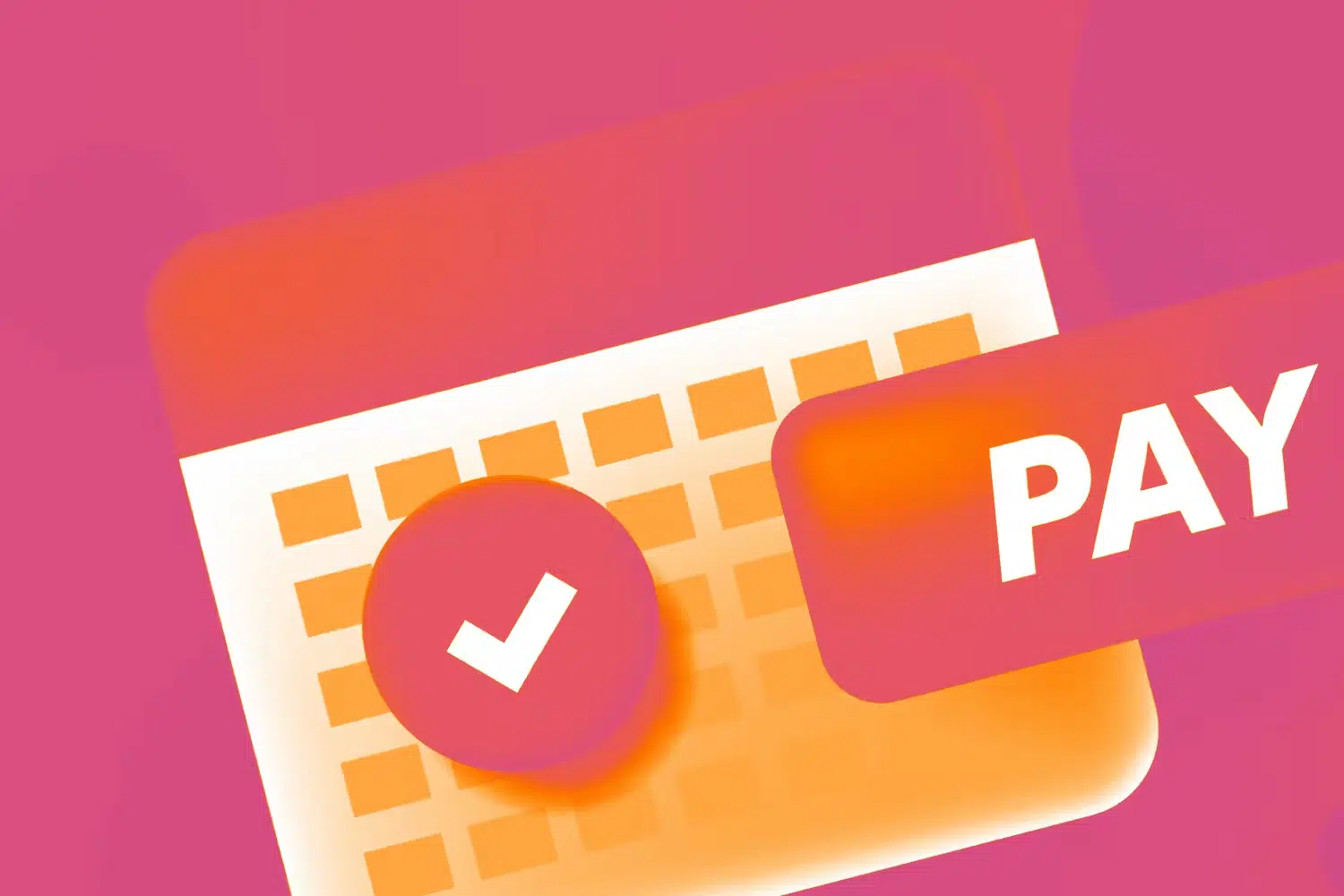
Bank Better: You Don’t Have to Pay Monthly Maintenance Fees

Bank fees are a multi-billion-dollar moneymaker for financial institutions. In 2020, checking account providers made over $30 billion in revenue from overdraft fees alone. But overdraft fees are far from the only charge that banks impose on their customers.
Today, we’re talking about a fee that you may be familiar with: the monthly maintenance fee. If you’re wondering what this fee is, when banks and credit unions charge it, and what you can do to avoid maintenance fees, we have the answers!
What is a monthly maintenance fee?
There are two different ways that a financial institution may approach a monthly maintenance fee.
Some institutions will charge this as an unavoidable flat fee that you pay regardless of how you use your account. This means that you’re getting charged each month, just for keeping your money in a bank or credit union!
Other institutions may have this fee but waive it if you meet certain conditions. Sometimes this involves a combination of requirements, meaning you have to jump through hoops and worry about checking several boxes each month just to keep your checking account maintenance fee-free.
Like all types of fees, these monthly charges add up. Here’s a look at what some of the largest financial institutions charge for basic checking accounts if you don’t meet their requirements:
- Bank of America: $12 per month
- Wells Fargo: $10 per month
- US Bank: $6.95 per month if you opt-in to e-statements or $8.95 with paper statements
- Chase: $12 per month
- Citibank: $12 per month
- TD Bank: $15 per month
Even a seemingly small $5 a month ends up being $60 a year. Over the course of a decade, that tallies up to $600! If your bank is on the expensive end, you may be throwing away up to $300 of your hard-earned cash.
Leave Your Bank Fees Behind
No account fees. No overdraft fees. No bank fees at all.
What are some common requirements?
Depending on your financial institution, you may be on the hook for monthly checking account maintenance fees if you fail to meet stipulations like:
- Making a certain number of debits per month
- Having a minimum number of direct deposits into your bank account
- Meeting minimum account balance requirements
- Keeping transfers under a certain amount
- Linking your checking account to a personal loan, line of credit, or credit card through that bank
- Opting-in to paperless statements or online banking
Bank fees often hurt the most financially vulnerable. By charging people for not having enough money in their account or not spending enough each month, banks contribute to the cycle of poverty. But monthly maintenance fees can add up for anyone. If you’re looking at the list thinking that these requirements are easy to meet, consider the following real-world examples.
Real-World Examples of Monthly Maintenance Fees
Example #1: You make a large transaction for your car down payment. When you do so, your account dips below the minimum balance amount of $5,000. Since your paycheck won’t hit your account until the next cycle, your average monthly balance triggers the maintenance fee.
Example #2: You and your partner are planning to buy a home. You’ve set aside money in your savings accounts to prepare for this big purchase. When you transfer money out of your savings to pay for various things, you learn that your bank charges a maintenance fee for excess transactions. They give you a few free transfers, but tack on $10 each time beyond that. You also have to be aware of how much you transfer, because the bank imposes an additional cost for that as well.
Example #3: You are in between jobs and no longer have a paycheck being deposited into your account. To add salt to the wound of being out of a job, your bank charges you $25 each month that you fail to meet their direct deposit requirement.
Example #4: It’s cold and flu season, and you’ve been feeling under the weather for much of the month. Since you aren’t out and about, you aren’t charging as much on your debit card as you normally would. You fail to meet your bank’s monthly debit requirement, and your bank charges you the monthly maintenance fee.
How can you avoid monthly maintenance fees?
Monthly maintenance fees can happen to anyone, even if you try your best to jump through the hoops. The best way to avoid monthly maintenance fees— or any other bank fee, for that matter, is to bank with a fee-free financial institution like Amplify Credit Union.
Yep, that’s right— there are credit unions and banks that have decided to eliminate fees on checking and savings accounts. Amplify has taken that a step further and has done away with all of our bank fees, including overdraft charges, out-of-network ATM charges, wire transfer fees, and more. Instead of chasing opportunities to nickel and dime our members, we are putting our customers’ experience first and are paving the way for financial institutions.
Opening a no-fee checking account is the best way to ensure that you won’t get charged just for having an account.
No Fee Banking with Amplify Credit Union
With Amplify, you get the best of both worlds— fee-free services with all of the online access you need and access to brick-and-mortar locations. This makes banking easier and more accessible, whether you need to deposit cash, learn about other financial products, or want to speak with a financial advisor in person.
As Amplify’s Chief Experience Officer Stacy Armijo explains it, “It’s not just about giving back— it’s about not taking in the first place.” Ready to ditch bank fees altogether? Open a fee-free checking or savings account with Amplify Credit Union.


